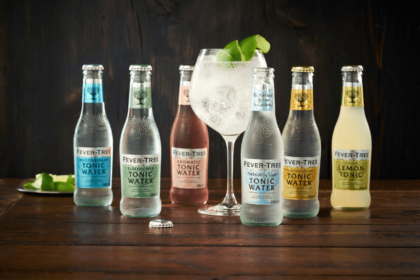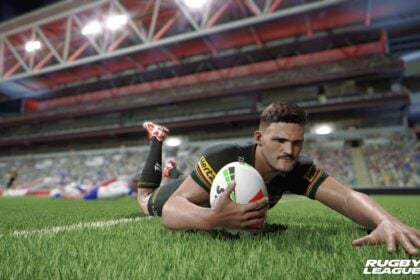From beard oil to facial cleansers, 69 per cent of all Aussie men now use at least one male grooming product in the bathroom.
The latest research from Nielsen highlights the changes in male attitudes toward grooming products in recent years. It identifies which products and brands are of most interest; explains purchasing habits of these consumers; and highlights the best ways to reach and connect with them.
Image conscious
Just under a quarter of all men (23 per cent ) agree that they always try to look stylish; while 37 per cent admit to taking care of their appearance at all times. Over the past five years, there has been a 14 per cent increase in the number of men saying they keep up with the latest fashions. Surprisingly, this change in attitudes is being driven by men aged 40 to 55, where we see a 54 per cent increase in agreement with this attitude. So the desire to look and feel good is transcending across all ages.
These trends vary around the country, with a higher proportion of men in Victoria and NSW/ACT being more fashion and image-conscious, compared to their counterparts in Queensland and Tasmania.
Among the core group of 25 to 54 year olds, men in NSW, ACT, VIC and SA are more likely to be fashion and image-conscious than their
national counterparts.
The changing face of the Aussie male
Nielsen emma CMV data shows that Aussie men are finding skin care to be an increasingly integral part of their bathroom regime. Usage of product categories such as facial cleansers increased by 37 per cent over the past five years amongst men aged 25 to 54.
With facial hair well and truly back in fashion, the use of shavers and razors among men aged 25 to 54 has fallen six per cent since last year. Usage of traditional bathroom products such as hair care, deodorants and aftershave is also decreasing – usage of shampoos among men aged 25 to 54 is down four per cent; while usage of deodorant and aftershave has fallen five per cent and eight per cent, respectively.
Not only are men using moisturisers and cleansers more often, but they’re also increasingly prepared to invest in more expensive brands. This presents an opportunity both for existing brands and the many new brands now entering the luxury end of the male grooming market.
More products more often
The number of males aged 25 to 54 buying facial cleanser on a weekly or monthly basis has increased 21 per cent over the last year. Moisturisers and body care are also seeing similar growth, up eight per cent and 11 per cent, respectively.
Tapping into the direct-to-consumer opportunity
Many overseas brands and Australian independent newcomers in the market are choosing to use the direct-to-consumer (DTC) approach to sell and market their products online. This has given rise to a number of niche grooming brands in the market. Nielsen Homescan data shows that online sales for male deodorants and grooming products has grown by 15.7 per cent in the year ending 13 July 2019.
It’s important to note, however, that while a growing proportion of today’s male consumers are becoming more comfortable shopping online and with DTC brands, Nielsen emma CMV data shows that supermarkets and chemists continue to dominate the mainstream buying process.
This presents a key challenge to many of the smaller and DTC-reliant male grooming brands seeking to rival the marketing behemoths, but lack their deep pockets and established distribution channels.
As Australian men continue to evolve their grooming habits, retailers and brands would be wise to consider their path-to-purchase and how mainstream, offline media as well as online channels provide an important way to build brands in an increasingly cluttered market.













